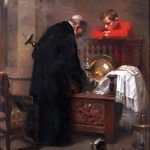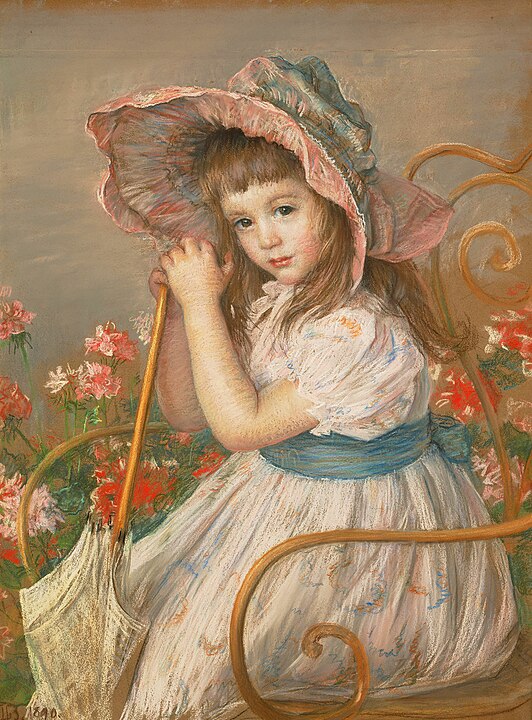
Louise-Catherine Breslau, born on December 6, 1856, in Munich, Germany, emerged as a prominent Swiss-born portrait painter, celebrated for her ability to capture the emotional depth and psychological nuances of her subjects. Her journey unfolded during a transformative period in art history, marked by shifts in style and the evolving role of women in the artistic landscape.
Early Artistic Pursuits
Breslau’s early exposure to art and culture set the stage for her future as a painter. Raised in an intellectually stimulating environment, she developed an early passion for the arts. Her family’s move to Zurich proved instrumental in shaping her artistic sensibilities. Breslau’s enrollment at the Munich Academy of Fine Arts marked the beginning of her formal training, where she immersed herself in the academic traditions of the time.
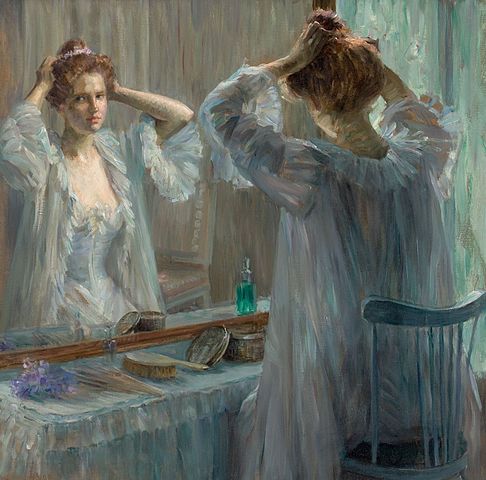
During her formative years, Breslau exhibited a penchant for portraiture, demonstrating an intuitive understanding of human emotion and a keen eye for capturing the individuality of her subjects. Her early works hinted at a departure from the rigid conventions of the era, foreshadowing a career that would challenge artistic norms and celebrate emotional expression.
Parisian Sojourn and Impressionist Influence
Breslau’s artistic journey led her to the vibrant cultural hub of Paris, a city that would leave an indelible mark on her work. In the late 19th century, Paris was a melting pot of artistic movements, and Breslau found herself drawn to the innovative ideas of the Impressionist and Post-Impressionist circles. The free-flowing brushstrokes, emphasis on light, and exploration of color palettes inspired her to experiment with new techniques and perspectives.
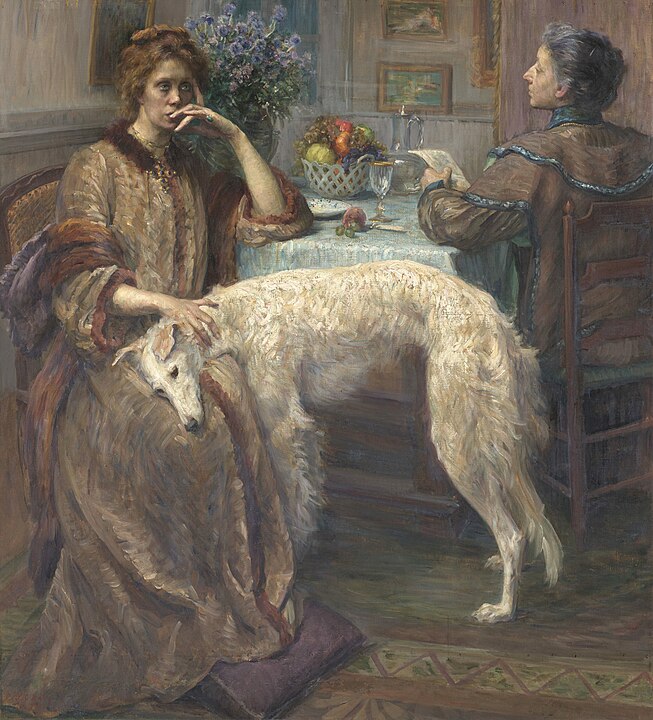
Under the tutelage of renowned artists such as Gustave Courtois and Raphaël Collin, Breslau honed her craft and embraced the evolving spirit of the Parisian art scene. Her works began to reflect a departure from the academic constraints she had encountered earlier, as she embraced a more liberated and expressive style. This period of experimentation laid the groundwork for her distinctive artistic voice.
Portraitures of Intimacy and Emotion
Breslau’s mature oeuvre is characterized by a profound exploration of intimate moments and the emotional intricacies of her subjects. Her portraits, often depicting women in introspective states or engaged in quiet contemplation, reveal a deep empathy for the human experience. Breslau’s ability to convey the inner life of her subjects set her apart, and her work garnered acclaim for its emotional resonance.
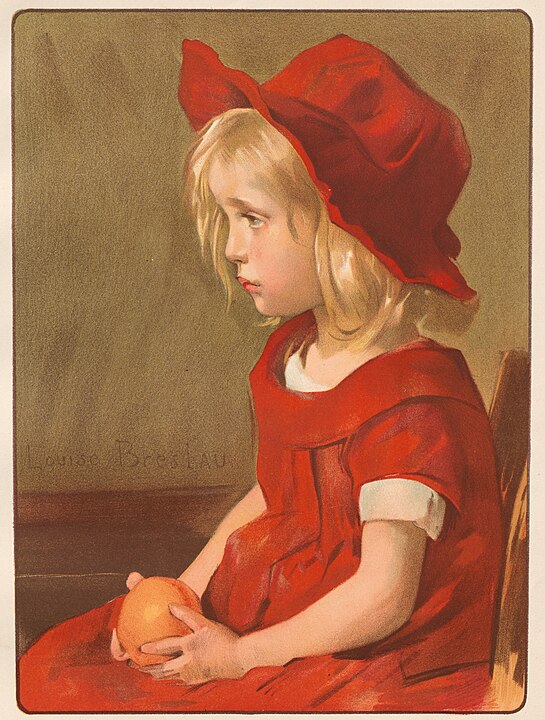
One of her notable works, “The Friends” (1890), exemplifies her talent for capturing the nuances of friendship and shared moments. The painting, marked by its warmth and emotional depth, became a hallmark of Breslau’s commitment to portraying the authentic and unguarded facets of human connection. Her focus on women as complex individuals with rich inner lives challenged societal expectations of the time.
Recognition and Legacy
Breslau’s contributions to the art world did not go unnoticed, and her works were exhibited and celebrated internationally. Her participation in exhibitions in Paris, London, and Berlin solidified her reputation as a skilled and innovative artist. Breslau’s success in a male-dominated art world paved the way for future generations of women artists, inspiring them to pursue their creative ambitions without compromise.
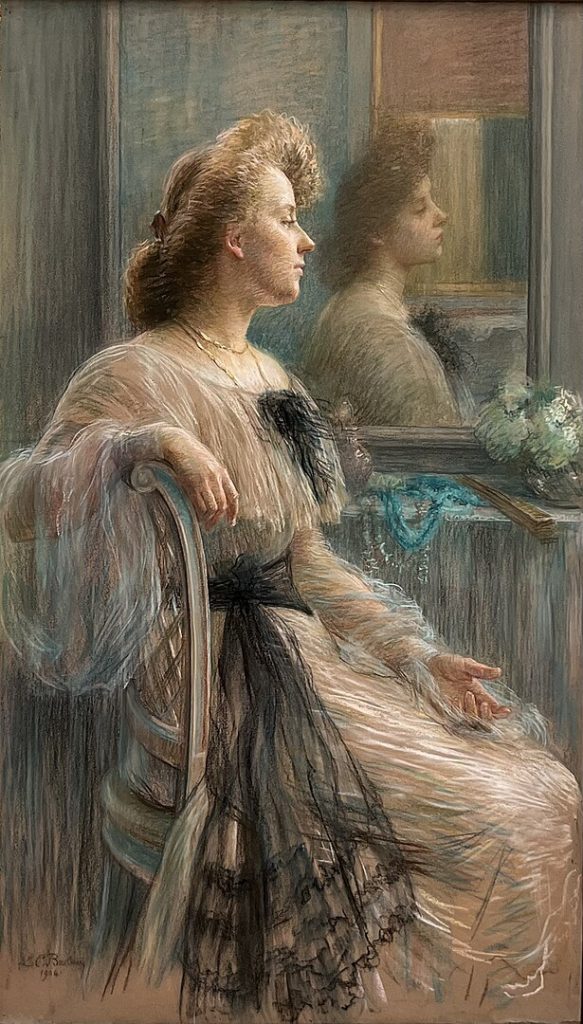
As a testament to her enduring legacy, Breslau’s paintings are held in prestigious collections, and retrospectives of her work continue to captivate art enthusiasts. Her impact on the portrayal of women in art and her commitment to capturing the subtleties of human emotion ensure that Louise-Catherine Breslau remains a significant figure in the annals of art history.
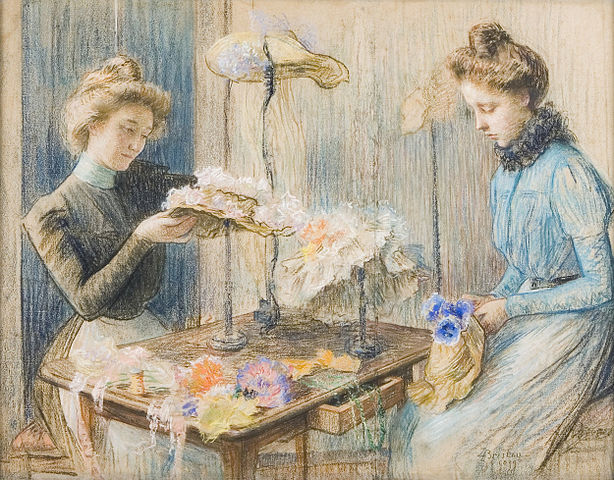
Louise-Catherine Breslau passed away on May 12, 1927, leaving behind a body of work that transcends temporal and cultural boundaries. Her art, characterized by its emotional depth and intimate exploration of the human spirit, continues to resonate with audiences, reaffirming Breslau’s place as a pioneering artist who defied conventions and painted with a profound understanding of the complexities of life.



